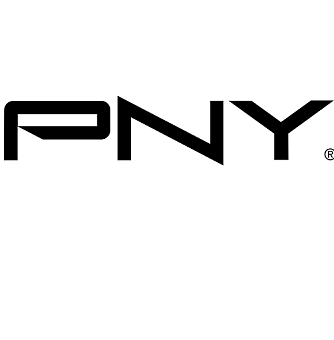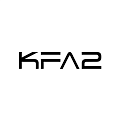 PNY Quadro RTX 6000 Passive
PNY Quadro RTX 6000 Passive
 NVIDIA Quadro RTX 5000
NVIDIA Quadro RTX 5000
Comparision PNY Quadro RTX 6000 Passive vs NVIDIA Quadro RTX 5000
Grade
Top specs and features
Passmark score
GPU base clock speed
RAM
Memory bandwidth
Effective memory speed
Description
The PNY Quadro RTX 6000 Passive video card is based on the Turing architecture. NVIDIA Quadro RTX 5000 on the Turing architecture. The first has 18600 million transistors. The second is 13600 million. PNY Quadro RTX 6000 Passive has a transistor size of 12 nm versus 12.
The base clock speed of the first video card is 1305 MHz versus 1620 MHz for the second.
Let's move on to memory. PNY Quadro RTX 6000 Passive has 24 GB. NVIDIA Quadro RTX 5000 has 24 GB installed. The bandwidth of the first video card is 624 Gb/s versus 448 Gb/s of the second.
FLOPS of PNY Quadro RTX 6000 Passive is 14.62. At NVIDIA Quadro RTX 5000 11.58.
Goes to tests in benchmarks. In the Passmark benchmark, PNY Quadro RTX 6000 Passive scored 20176 points. And here is the second card 15678 points. In 3DMark, the first model scored There is no data points. Second There is no data points.
In terms of interfaces. The first video card is connected using PCIe 3.0 x16. The second is PCIe 3.0 x16. Video card PNY Quadro RTX 6000 Passive has Directx version 12. Video card NVIDIA Quadro RTX 5000 -- Directx version - 12.2.
Regarding cooling, PNY Quadro RTX 6000 Passive has 260W heat dissipation requirements versus 230W for NVIDIA Quadro RTX 5000.
Why PNY Quadro RTX 6000 Passive is better than NVIDIA Quadro RTX 5000
- Passmark score 20176 против 15678 , more on 29%
- RAM 24 GB против 16 GB, more on 50%
- Memory bandwidth 624 GB/s против 448 GB/s, more on 39%
- FLOPS 14.62 TFLOPS против 11.58 TFLOPS, more on 26%
- Number of transistors 18600 million против 13600 million, more on 37%
PNY Quadro RTX 6000 Passive vs NVIDIA Quadro RTX 5000: highlights


Performance
Memory
General information
Functions
Benchmark tests
Ports
FAQ
How does the PNY Quadro RTX 6000 Passive processor perform in benchmarks?
Passmark PNY Quadro RTX 6000 Passive scored 20176 points. The second video card scored 15678 points in Passmark.
What FLOPS do video cards have?
FLOPS PNY Quadro RTX 6000 Passive is 14.62 TFLOPS. But the second video card has FLOPS equal to 11.58 TFLOPS.
What power consumption?
PNY Quadro RTX 6000 Passive 260 Watt. NVIDIA Quadro RTX 5000 230 Watt.
How fast are PNY Quadro RTX 6000 Passive and NVIDIA Quadro RTX 5000?
PNY Quadro RTX 6000 Passive operates at 1305 MHz. In this case, the maximum frequency reaches 1560 MHz. The clock base frequency of NVIDIA Quadro RTX 5000 reaches 1620 MHz. In turbo mode it reaches 1815 MHz.
What kind of memory do graphics cards have?
PNY Quadro RTX 6000 Passive supports GDDR6. Installed 24 GB of RAM. Throughput reaches 624 GB/s. NVIDIA Quadro RTX 5000 works with GDDR6. The second one has 16 GB of RAM installed. Its bandwidth is 624 GB/s.
How many HDMI connectors do they have?
PNY Quadro RTX 6000 Passive has There is no data HDMI outputs. NVIDIA Quadro RTX 5000 is equipped with There is no data HDMI outputs.
What power connectors are used?
PNY Quadro RTX 6000 Passive uses There is no data. NVIDIA Quadro RTX 5000 is equipped with There is no data HDMI outputs.
What architecture are video cards based on?
PNY Quadro RTX 6000 Passive is built on Turing. NVIDIA Quadro RTX 5000 uses the Turing architecture.
What graphics processor is being used?
PNY Quadro RTX 6000 Passive is equipped with TU102. NVIDIA Quadro RTX 5000 is set to TU104.
How many PCIe lanes
The first graphics card has 16 PCIe lanes. And the PCIe version is 3. NVIDIA Quadro RTX 5000 16 PCIe lanes. PCIe version 3.
How many transistors?
PNY Quadro RTX 6000 Passive has 18600 million transistors. NVIDIA Quadro RTX 5000 has 13600 million transistors







































